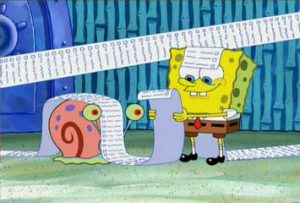From Unit 1, I have learned a lot about how art is analyzed and gained the knowledge to ask my own questions when I see a piece of artwork that will help me get a better idea of what the artist was trying to convey. I used to think that art was all abstract, imaginative and ambiguous since only the artist knows the real meaning behind their artwork. However, after learning about formal analysis, I have a newfound respect and perspective on art history and its meaning. I realized that formal analysis is similar to the scientific method, where you pose questions about the artwork in reference to many of the components found. Formal analysis is essentially using your own intuition to answer questions based on visual and physical aspects of an artwork. You also use inferences and contextual evidence (if desired) to come to a conclusion about what message the artist was trying to convey, who was the intended audience, what is the main focus and why, etc. There is also contextual analysis, which is using outside resources to gain a more comprehensive and accurate analysis of the era the art was created, exactly what technique was used or was most likely used, and the economic, social, or personal influences were captured in the essence of the artwork.
In addition, I learned that artwork is a composition of many different factors, including but not limited to, color, line, shape, contrast saturation, dimension, vibrancy, fade, value (lightness vs. darkness of a color), technique, material used, design, and the interaction between the image and text. What I failed to realize that Anne D’Alleva brings up in Look, Formal Analysisis that everyday on a much smaller scale we are using formal analysis in our daily lives with something so persistent and common in our society: advertisements. We try to pick apart what they are trying to sell us, and in doing so we pick up the message trying to be conveyed by the image. Sometimes the image is so powerful that it resonates with us or stays in the back of our head until we see the product in real life and think back to the ad we saw about it, and either we give in to consumerism or we decide against it. Commercials are also something we use formal analysis to decipher sometimes, and it is such a booming business. Think about those rare commercials we watch during the Super Bowl, where large corporations pay a large sum of money for a few seconds of your attention. This proves how powerful visual images can be; they are enough affect human thoughts and behavior.


